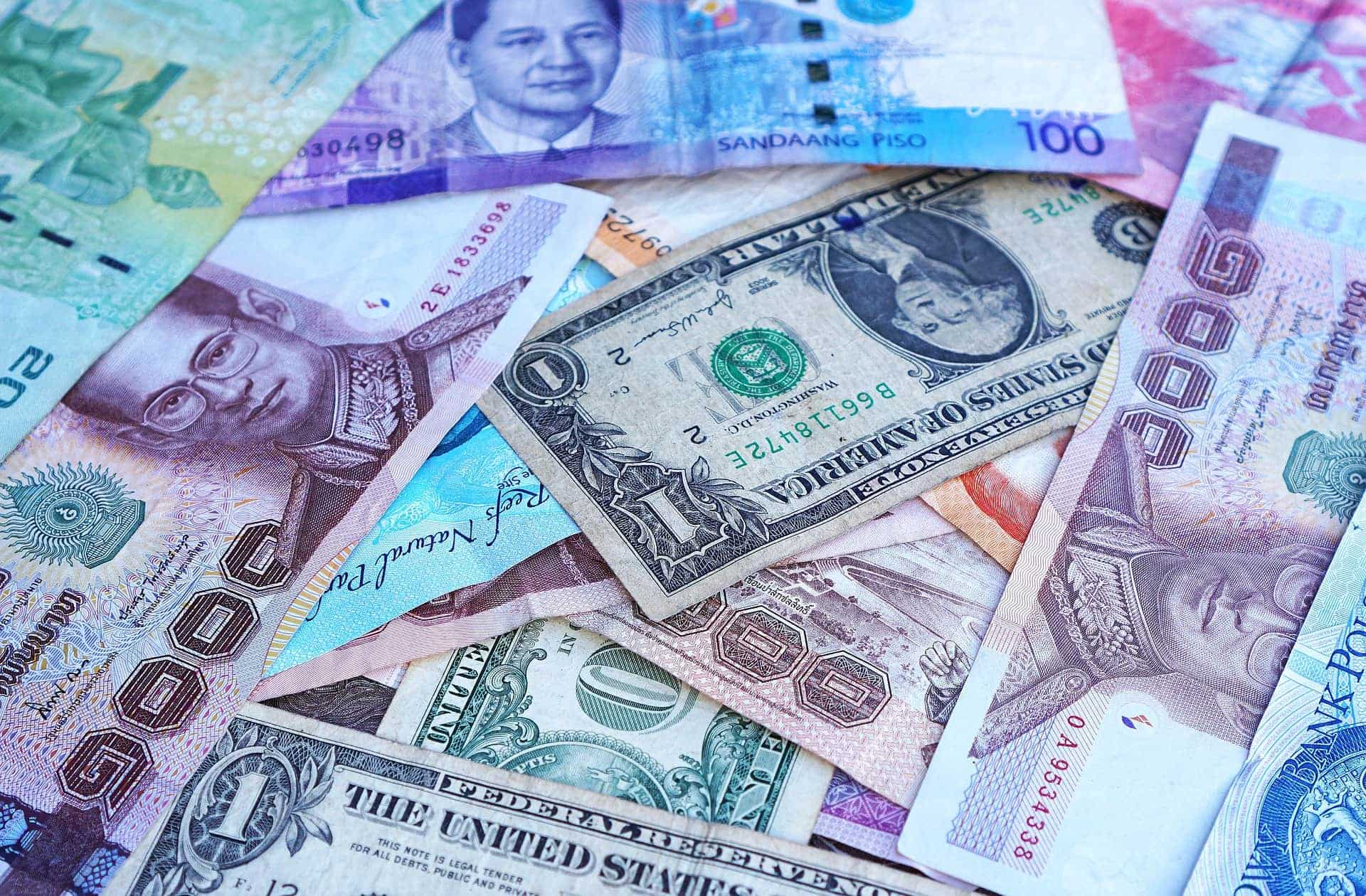India’s foreign exchange reserves (forex) rose USD 4.553 billion to USD 690.617 billion in the week that ended on May 9, official data released by the Reserve Bank of India (RBI) showed.
The previous all-time high was at USD 704.89 billion in September 2024.
After extending gains for the eighth straight week, forex kitty fell the next week, to again rise in the May 9 ending week. Barring the latest jump, forex reserves had slumped for about four months.
The latest RBI data showed that India’s foreign currency assets (FCA), the largest component of foreign exchange reserves, stood at USD 581.373 billion.
The gold reserves currently amount to USD 86.337 billion, according to RBI data. It rose by whopping USD 4.518 billion in the latest week.
Central banks world over are increasingly accumulating safe-haven gold in their foreign exchange reserves kitty, and India is no exception. The share of gold
maintained by the Reserve Bank of India (RBI) in its foreign exchange reserves has almost doubled since 2021.
Estimates suggest that India’s foreign exchange reserves are sufficient to cover approximately 10-12 months of projected imports.
In 2023, India added around USD 58 billion to its foreign exchange reserves, contrasting with a cumulative decline of USD 71 billion in 2022.
In 2024, the reserves rose by a little over USD 20 billion.
Foreign exchange reserves, or FX reserves, are assets held by a nation’s central bank or monetary authority, primarily in reserve currencies such as the US Dollar, with smaller portions in the Euro, Japanese Yen, and Pound Sterling.
The RBI often intervenes by managing liquidity, including selling dollars, to prevent steep Rupee depreciation. The RBI strategically buys dollars when the Rupee is strong and sells when it weakens.
Anurag Dhole is a seasoned journalist and content writer with a passion for delivering timely, accurate, and engaging stories. With over 8 years of experience in digital media, she covers a wide range of topics—from breaking news and politics to business insights and cultural trends. Jane's writing style blends clarity with depth, aiming to inform and inspire readers in a fast-paced media landscape. When she’s not chasing stories, she’s likely reading investigative features or exploring local cafés for her next writing spot.






